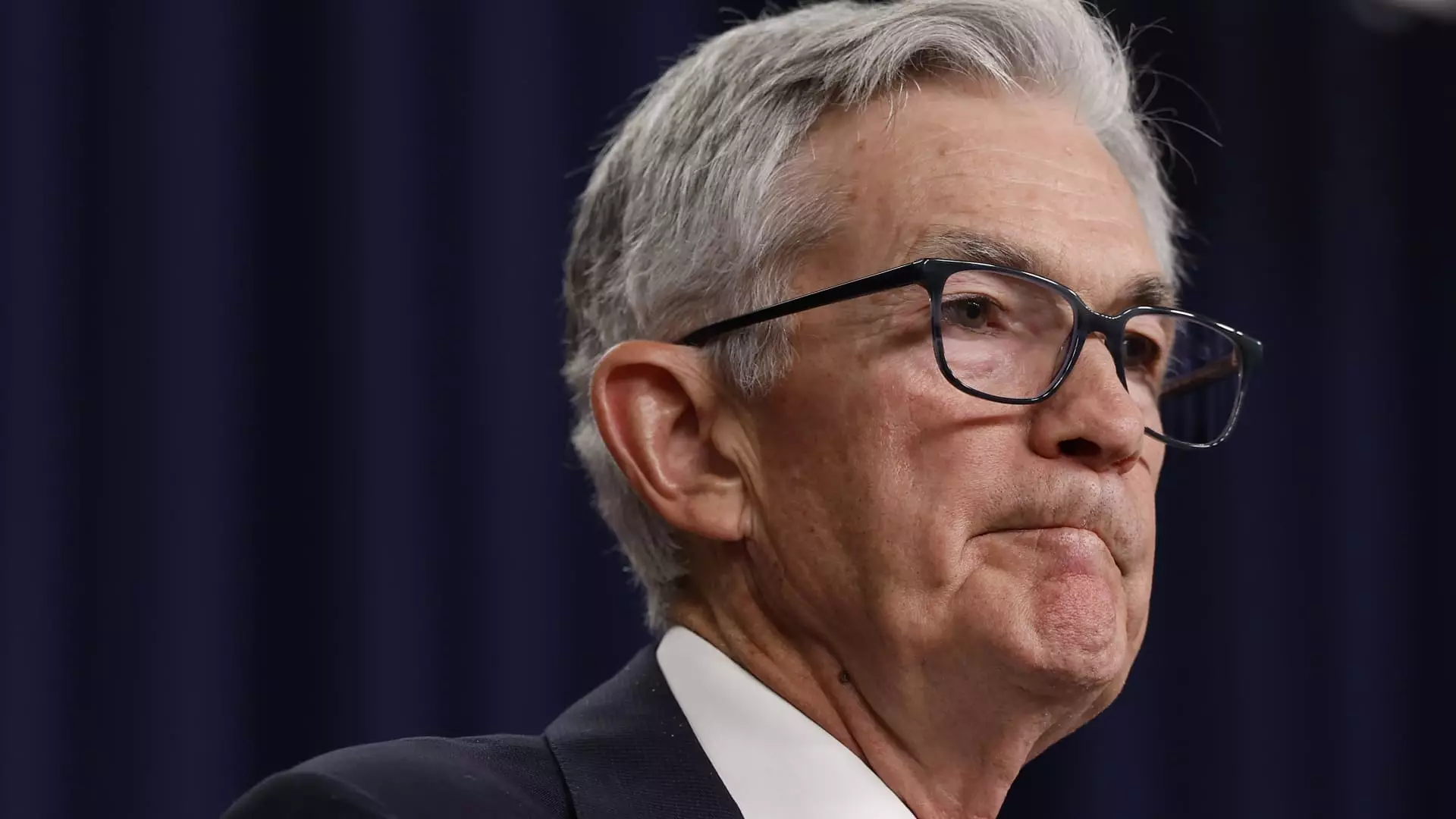In September, the Federal Reserve (Fed) made a significant move to cut interest rates, opting for an unprecedented half-percentage-point adjustment—this marks the most aggressive action taken by the central bank in over four years. The recent Federal Open Market Committee (FOMC) meeting reflects the complicated balance Fed officials are trying to strike between curbing inflationary pressures and addressing the current state of the labor market. Analyzing the dynamics and motivations behind this decision reveals essential insights into our economic landscape.
According to the minutes released after the meeting, there was a notable division among the officials regarding the appropriateness of the rate cut. Despite consensus on the need for a cut, opinions varied on its magnitude. Some policymakers advocated for a more conservative quarter-percentage-point reduction, expressing a desire for more concrete evidence that inflation was on a sustainable downward trajectory. Governor Michelle Bowman was the only dissenter against the half-point cut, reflecting a rare split in voting behavior that had not been seen since 2005—highlighting a significant ideological rift within a body that typically exemplifies consensus.
The internal discussions reveal that while a majority favored a more substantial cut, a meaningful minority was apprehensive about the potential repercussions on the job market. The minutes captured sentiments surrounding the necessity of a gradual approach and emphasized that a smaller reduction would better align with a slow normalization of monetary policy, ultimately allowing officials additional time to gauge economic conditions.
Economic Indicators and Labor Market Resilience
The contrasts amongst Fed members are particularly interesting in light of recent labor market indicators. September data unveiled that nonfarm payrolls experienced an unexpected surge, increasing by 254,000 jobs with an unemployment rate slipping to 4.1%. Such figures would traditionally embolden the argument for cautious monetary policy, suggesting that the labor market remains robust despite broad economic uncertainties. This positive data fed into perceptions that future rate cuts might not continue at the aggressive pace initially anticipated following the September meeting.
As the Fed examines economic trends, they confront a dual narrative; while inflation control must remain crucial, the strength of the labor market introduces complexities that require careful calibration of policy responses. The Fed’s historical preference has been to enact gradual changes in interest rates—typically in quarter-point increments—but the apparent urgency of the current economic climate has provoked a strategic shift.
Federal Reserve Chair Jerome Powell’s use of the term “recalibration” during the post-meeting press conference encapsulated the philosophy guiding the recent decision. It conveys the idea that the adjustments to interest rates must align with evolving economic signals without signaling an unstable outlook. Participants in the meeting unanimously agreed that this recalibration ought to not be interpreted as projecting a negative economic forecast; rather, it was a nuanced strategic choice responding to the realities at hand.
Establishing effective communication surrounding this decision is paramount to maintaining market confidence. Fed officials have clarified that the decision to cut aggressively should satisfy both the immediate concerns over inflation while also assuring ongoing economic growth. The interaction between these economic indicators creates an intricate web in which interest rate modifications can have expansive implications.
Market Reactions and Future Expectations
Following the announcement, market reactions remained relatively tepid, which is remarkable given the scale of the cut. Observers noted that while stock markets continued posting gains, trends in bond markets hinted at an unanticipated tightening of monetary policy. Particularly noteworthy was the increase in both 10- and 2-year Treasury yields by around 40 basis points since the meeting, indicative of a potential recalibration of investor expectations concerning future Fed actions.
The evolving landscape of futures pricing reflects anticipatory adjustments, suggesting that there is a 1-in-5 chance the Fed may forgo a cut in its upcoming November meeting. This scenario underscores a growing understanding within market circles that the central bank is likely moving towards a measured retreat from its rate-cutting strategy.
As the Fed embarks on this new pathway in monetary policy, the balancing act between stimulating economic growth and ensuring inflation control remains a crucial challenge. Policymakers are faced with competing pressures that will require astute decision-making going forward. The implications of their choices will resonate throughout the economy, impacting everything from employment levels to investments, making the stakes higher than ever in our rapidly evolving economic landscape. The recent developments signal a critical juncture, where understanding complexities will be vital for navigating the uncertainty that lies ahead.

Leave a Reply